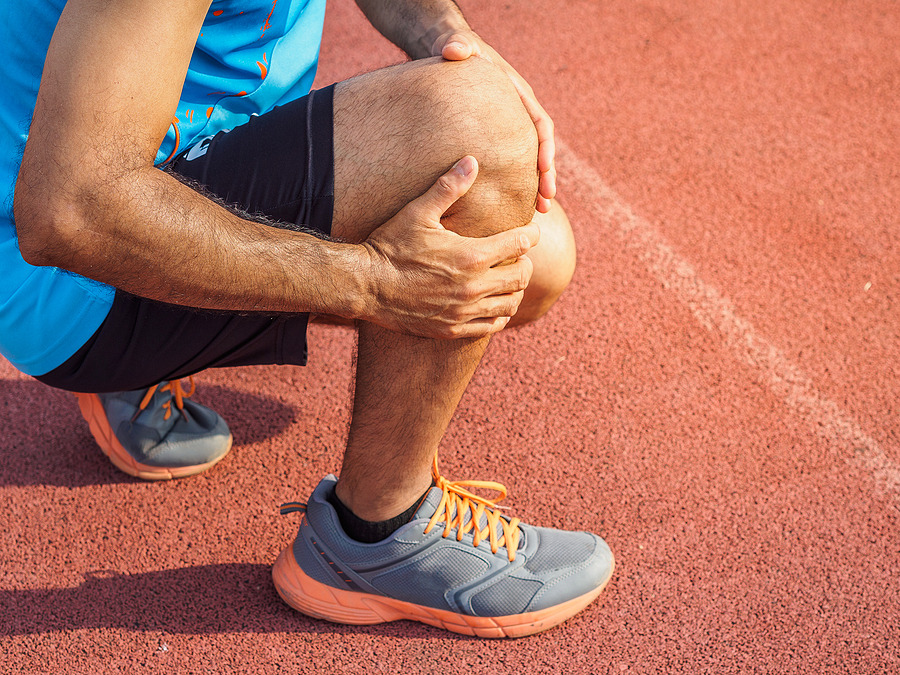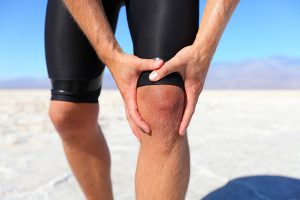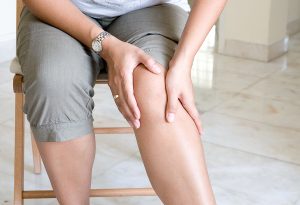Finding the best orthopedic specialist for your sports injury is critical. If you can’t find a doctor with expertise in the treatment you need and a personality you mesh with, you’re less likely to do your part.
Orthopedic specialists are critical components of your road to recovery. They have expertise in how the bones, muscles, and joints work together, but they also know what it takes to reach peak performance safely and effectively. Orthopedic specialists go through four years of med school, and five years of a residency with several years of that focused on orthopedic surgical training. Some doctors complete an additional year in an orthopedic fellowship.
After an injury, you can’t trust the healing process to chance. Would you hire an electrician or general handyperson if your breaker box kept tripping? If you want things done correctly and safely, you go to the expert. The same should be true of your body.
What Are the Most Common Sports Injuries and How Are They Treated?
Knowing how to treat a common sports injury requires a thorough exam. The sooner you make this appointment, the better it is. Until you’re seen by an orthopedic specialist, make sure you’re following the standard rules of RICE (Rest, Isolate, Compress, and Elevate). Common injuries are:
Achilles Tendon Strain or Rupture
The Achilles tendon bears a great deal of your weight and movements. It’s the tendon that connects your calf and heel. For minor strains, RICE is a common treatment plan. If you feel a pop, see an orthopedist specialist ASAP. There are non-surgical treatments that might help, but depending on the severity, you may need surgical repair.
ACL Strain or Tear
The anterior cruciate ligament (ACL) is the ligament connecting your thigh and shin bones to the knee. If it’s strained, usually due to a twisting motion in sports like basketball, football, skiing, and soccer. It can happen when you stop suddenly or change direction rapidly. ACL strains and tears require medical attention. If torn, surgical repair is often necessary.
Bone Break or Fracture
Fractures and broken bones are also common sports injuries. In most cases, the bone must be splinted until the bone meshes and heals. If the bones are separated, they may need to be pinned with plates and screws while they heal.
Hamstring Strain
Hamstring strains are painful and instantly recognized. You’re sprinting and feel a sudden sharp pain in the back of your thigh. Stop putting weight on it and apply ice until you can see a sports and orthopedic specialist. Severe strains can take upwards of two months to heal. The last thing you want to do is get back to sports too quickly and reinjure the hamstring.
Hip Flexor Strain
Muscles that connect your hip to your thigh are the hip flexors, and they’re prone to injury during sports. If it’s torn, a long recovery time is necessary. Working with an orthopedic specialist and physical therapist is the best way to recover fully and avoid reinjury.
Rotator Cuff Injury
The rotator cuff is in your shoulder. It’s also an injury that people who often make overhead motions experience. This includes motions like throwing a ball, reaching up to bat a ball in a sport like volleyball, or reaching up to get a ball in basketball.
Overuse injuries like rotator cuff tears and inflammation can be hard to avoid. There are non-surgical treatments like stem cell injections that help. Physical therapy can help strengthen the muscles around the shoulder to prevent re-injury.
Runner’s Knee
When the kneecap rubs against the thigh bone, it’s a condition known as patellofemoral pain syndrome or runner’s knee. It’s caused by damage to the cartilage from overuse of the knee. RICE is the first treatment path. You should see an orthopedic specialist, too, as physical therapy can make a big difference and help you avoid surgery.
Tendinitis
A tendon connects your muscles to bones. When your body moves, a tendon takes some of the force that impacts the muscle. It helps prevent damage. Tendons can become inflamed if they’re injured. The pain and inflammation are known as tendinitis. Any tendon is at risk, but it’s most common in the elbows, heels, knees, shoulders, and wrists.
Rest and self-care are essential. If three or four days of rest haven’t helped. See a doctor.
Tennis or Golfer’s Elbow
Tennis or golfer’s elbow is a form of tendinitis. You should see a doctor if it’s impacting your ability to play or if you cannot move your elbow at all. It’s a good idea to rule out additional injuries like a bone fracture. Non-surgical treatments like PRP and stem cell treatments can help the tissue heal.
Wrist or Ankle Sprain
Sprains are another very common sports injury. It’s caused by torn fibers in a ligament. The treatment depends on the severity of the sprain.
- Grade 1 – Mild pain and minimal swelling. Treatment is to work on strengthening exercises and listen to your body when it comes to putting weight on it.
- Grade 2 – Moderate pain and swelling. Treatment involves immobilizing the impacted area with an Ace bandage or splint and looking into physical therapy to build strength and range of motion.
- Grade 3 – Complete tear or rupture of a ligament. The area must be immobilized and the healing process. In some cases, surgery is necessary.
Any sports injury must be properly diagnosed to create an effective treatment plan. Ask the doctor how much experience they’ve had with each of those injuries. If it’s something the doctor has little hands-on experience treating, look for a doctor who specializes in it.
If an injury isn’t given adequate time to heal and steps aren’t taken to rebuild strength and range of motion, reinjury is likely. That’s why it’s important to work with a sports and orthopedics specialist.
As you narrow down the orthopedic specialists you find, consider your preferences and hone in on exactly what you want from your care. Ask these questions.
- Are non-surgical options available?
- What is your treatment philosophy?
- Do you specialize in my problem? How many cases have you treated?
- What do you recommend for pain management?
- Do you take X insurance?
- What is your education, and what qualifications do you hold?
- Are you affiliated with any teams or organizations?
Other Factors to Consider
Your primary care provider will recommend a sports and orthopedic specialist. That referral is important. Some insurance companies require a referral in order to pay for the care you need. This referral can become a problem if you find you don’t mesh with the practice that’s recommended. Be ready to ask your doctor for a list of options that you can compare.
Location is important. The best orthopedic doctor needs to be accessible. If you’re having to travel hours to see a doctor, it could become a struggle to get to your appointments. If you have the time and money and can temporarily relocate while you go through surgery or treatments and the rehabilitation that follows, you might find it easier. That’s not always an option, however. You need to make sure getting to every appointment isn’t a challenge.
Does your insurance cover the care you’ll get from the sports and orthopedic doctor you choose? If insurance won’t cover the bills, you need to decide if you can afford to pay for your care out of pocket.
Finally, read reviews and see if teammates, friends, and family have recommendations. They know you better than anyone, so it helps to have their insight.
When you go to Premium Sports and Orthopedics, book an appointment at a time that’s most convenient for you. Our online scheduler is easy to use and allows you to choose the best half-hour time slot on whatever day you prefer. You can also call to schedule an appointment.







